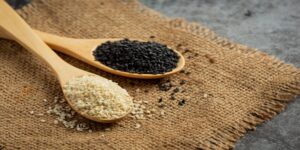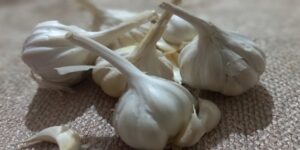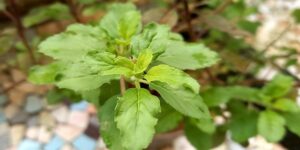Turmeric (also known as Haldi or Manjal) is native to the Indian subcontinent & South East Asia. Curcuma Longa is the botanical name of haldi. It is a herbaceous plant available in all seasons of the year and belongs to the ginger family. Because of its color, turmeric is known as Indian Saffron or Golden Spice. This spice is used in cooking & religious ceremonies in South East Asia for thousands of years.
Curcumin is the main component found in turmeric, packed with antioxidants, and anti-inflammatory & anti-fungal properties. It gives a yellow color to turmeric. When consumed with black pepper, we get maximum curcumin because of piperine present in black pepper helps 2000% of the absorbent of curcumin in blood.
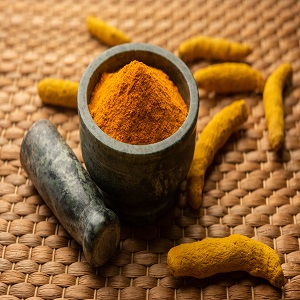
History of Turmeric
Sushruta is an ancient Indian scholar who was also known as the father of surgery. Ayurveda is one of the ancient medical disciplines that followed for 4000 years. Sushruta Samhita is the oldest Sanskrit text on surgery & medicine. In many Sanskrit texts like Sushruta Samhita, Charak Samhita mentioned the use of Haldi. Many medical techniques are derived from the practice of ancient scholars who practiced Ayurveda.
Origin of Turmeric
This is a herbaceous plant native to South East Asia. India is the highest producer in the world & contributes nearly 80% of the production. We use turmeric in our day-to-day life & Indian turmeric is considered to be one of the best in the world. Sangli, a city in the State of Maharashtra is known as Yellow City or Turmeric City. It is also known as Haldi in the Northern part of the country, derived from the Sanskrit word Haridra & in the Southern Part popularly known as Manjal (mentioned in ancient Tamil literature).
Now it spread across the globe & a lot of South Asian countries knows the importance of this herbaceous plant & has numerous uses in daily meal. It is also widely used in medicine & cosmetics. Only in India do you find more than 40-45 different species. More than 100 species are identified worldwide.
Uses of Haldi | Manjal | Curcuma Longa
We are using Turmeric for Culinary & Medicinal purposes for thousands of years in South East Asia.
Culinary Use
No Indian recipe is complete without the use of Haldi powder. This golden yellow powder is added to varieties of dishes like curries, warm milk, pickle, rice, Tea preparation, and more.
In some parts of India, fresh turmeric or Kacchi Haldi is prepared as a vegetable during the winter season.
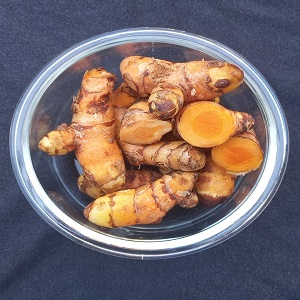
Medical Uses
This golden spice is a staple in Indian households. People use it to make a homemade face pack and treat wounds, ulcers, pain & inflammation remedies. Medicines derived from herbs & plants play a vital role in the healthcare of many cultures.
Benefits of Curcumin
- It slows down the aging process & fights against age-related chronic disease.
- Helpful in Alzheimer’s disease.
- It has antiarthritic & anti-inflammatory properties, so it is beneficial for joint pain.
- It is antiseptic & anti-bacterial, so used in many skin disorders, and has acne properties. Turmeric paste for the external affair are prepared, by mixing turmeric powder with milk, honey, lime juice & water.
- Regular consumption of turmeric helps the skin become radiant & glowing.
- It helps to maintain heart health & lower the risk of heart disease.
- Curcumin helps to control the glucose level in the blood & may be helpful for diabetes.
- Helpful in respiratory issues. Data gathered from pharmacological & animal studies shows that curcumin plays a protective role in chronic disease, lung injury & respiratory distress.
Always consume it in moderation & consult your doctor before using it.
Traditional Uses
Haldi is also used traditionally during wedding ceremonies, pujas & making rangoli on auspicious occasions. It is auspicious because of its medicinal properties and is considered to protect us from evil eyes.
In Indian culture, the importance of these golden spices goes beyond culinary & medical use. We Indians see these spices as auspicious & sacred. We use turmeric during weddings, pujas & other religious ceremonies. It is always suggested to adopt our tradition to lead a healthy lifestyle.
We are trying to get much more such information & history which define our rich cultural heritage.
Click
To explore some more spices & herbs stories

